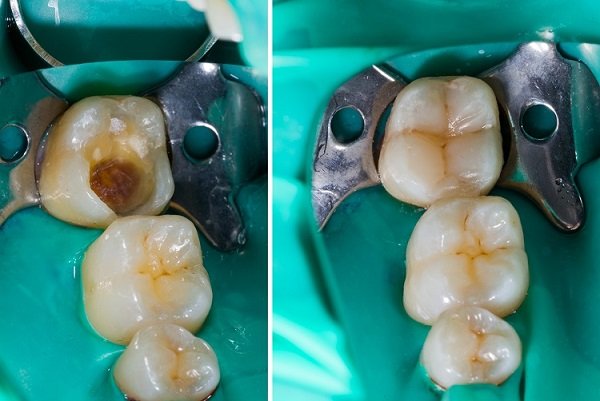
Cavities are small holes in your teeth that can be caused by bacteria and lead to the decay of your tooth enamel. It’s essential to take care of cavities quickly since they can become larger over time and start to hurt, but there are natural ways you can prevent and treat them at home. A dentist may also recommend getting dental fillings, which will help make sure that your tooth remains healthy and strong through these methods. Read on to learn how dental fillings at Teeth.org.au work and what they can do for you!
What are cavities?
If you are experiencing pain in your teeth and are worried that a cavity may be developing, then you should contact your local dentist. When it comes to maintaining good oral health and preventing cavities, one of your best options is filling a tooth with a tooth-colored filling. Over time, an untreated cavity can cause further decay until it becomes too large to fix—this is why you need to take steps as soon as possible if you feel something could be wrong.
Causes of tooth decay
Some people have more of a susceptibility to cavities than others, but in general, tooth decay is caused by long-term exposure to sugary foods and drinks. The longer sugar remains on your teeth, the greater your risk for cavities. This means that while brushing twice daily is ideal, it’s not enough if you’re still consuming a lot of sugar throughout the day. In addition to brushing and flossing regularly, consider limiting your intake of soda, juice, candy bars and other high-sugar foods. If you do eat something sweet (and you should), brush right after to help remove any lingering sugars from your teeth.
The science behind tooth fillings
Tooth decay is a process that happens from within, so it’s important to think about how your teeth protect themselves from their own cavities. They’re covered in enamel, which is one of nature’s strongest materials. But it can be damaged if you don’t keep up with good oral care—teeth are constantly bombarded by bacteria and germs, many of which are harmless but create acid when they break down food and other organic matter. Over time, these acids can eat away at your enamel, a process known as erosion. When erosion reaches your inner dentin layer—the layer between enamel and a substance called cementum—your tooth becomes vulnerable to decay.
Types of filling materials
Your dentist can perform a wide range of services depending on what material he or she chooses to fill your tooth. According to WebMD, options include amalgam, composite resin and glass ionomer fillings. Each of these materials has different properties that can affect how long they last in your mouth, how they look and how much discomfort you experience during treatment. Generally speaking, though, filling your tooth with composite resin generally leads to less damage to your tooth than using an amalgam filling. Glass ionomer fillings are typically used only in children because they tend to fall out easily; adults usually use other types of fillings.








